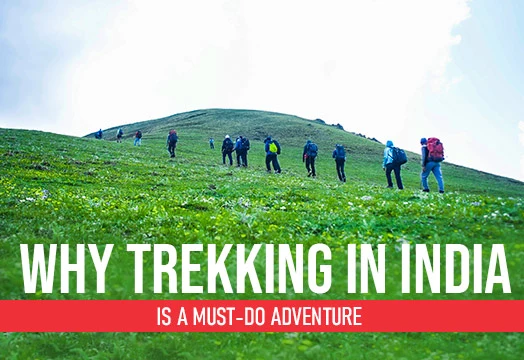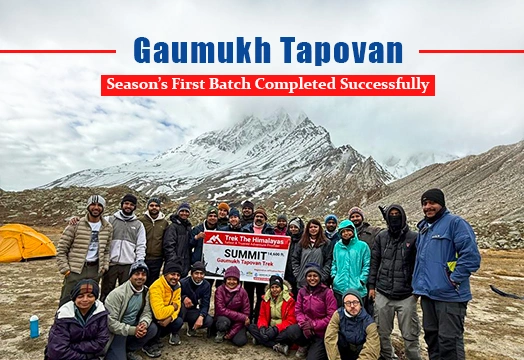With winter right around the corner, I am sure you guys are planning for the perfect Himalayan adventure. You probably can’t wait to escape to the land of snow and enjoy the thrill of walking amidst vast snowscapes and towering mountains. While winter in the Himalayas has a majestic charm, we cannot help but stress the importance of being physically fit to enjoy winter trekking in the Himalayas thoroughly.
Winter treks present their own set of unique challenges, setting them apart from their warmer seasons. From sub-zero temperatures to frozen trails, from the beauty of a snow-blanketed wilderness to the necessity of meticulous preparation, winter treks are a thrilling adventure that demands careful consideration and preparation to ensure a safe and unforgettable experience.
The Importance of Physical and Mental Preparation for Winter Treks
Winter treks, with their snowy & icy terrains combined with sub-zero temperatures, are not for the faint of heart. They demand more than just warm clothing and good boots; they require both physical and mental resilience to ensure a successful and safe adventure.
Physical Fitness
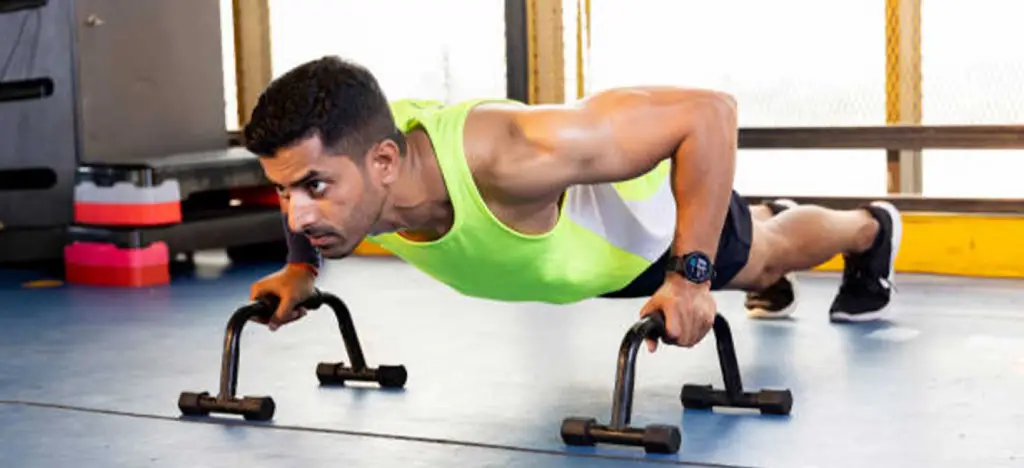
- Endurance and Stamina: Winter treks often involve longer and more challenging routes than their summer counterparts. Physical fitness, including cardiovascular endurance and muscular stamina, is essential to keep up with the demands of the trail.
- Strength and Balance: Snow-covered trails can be uneven and slippery. Developing strength and balance through targeted exercises can help prevent injuries and ensure stability during the trek.
- Cold Weather Adaptation: The body burns more calories to stay warm in cold conditions. Building a reserve of energy through fitness helps your body maintain warmth and avoid fatigue.
Mental Preparedness

- Resilience in Adverse Conditions: Winter treks can test your mental endurance with freezing temperatures, and limited daylight. Mental preparation helps you stay positive and focused even when faced with challenging conditions.
- Mindfulness and Stress Management: Winter treks offer solitude and natural beauty, but they can also be mentally taxing. Practices like mindfulness and stress management techniques can help you stay grounded and appreciative of your surroundings.
Physical Demands of Winter Trekking
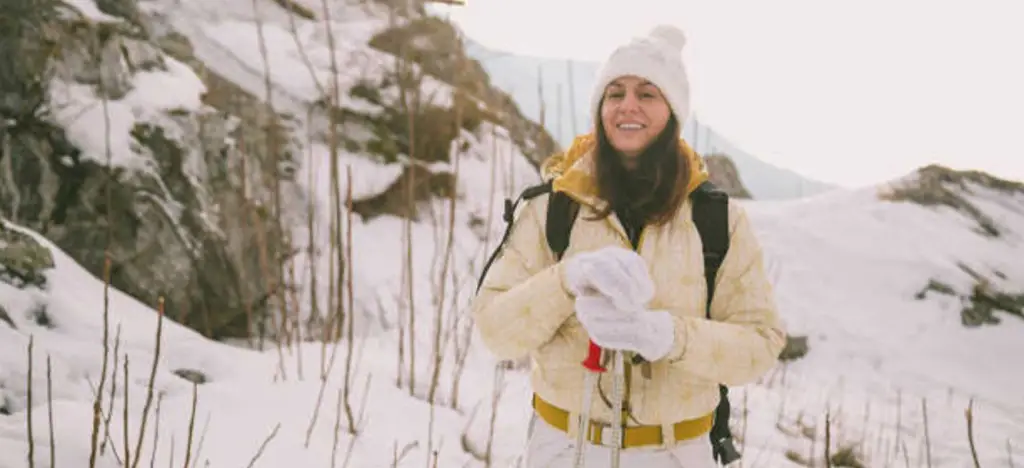
- Cold Temperatures
Winter trekking often means facing sub-zero temperatures, especially at higher altitudes. This extreme cold can quickly sap your energy and challenge your body's ability to stay warm. To combat the cold, you'll need a range of specialized gear, including insulated clothing, warm headwear, gloves, and insulated boots. Proper layering and understanding how to regulate your body temperature are key to staying comfortable.
- Slippery and Challenging Terrain
Snow and ice cover the trails, making them slippery and uneven. Walking on such terrain demands a higher level of stability and balance. Winter treks often involve steep ascents and descents. This demands not only cardiovascular fitness but also leg strength to handle the elevation changes with ease. Trudging through deep snow or navigating snowdrifts can be physically exhausting, requiring strength and stamina.
- Reduced Daylight Hours
Winter days have fewer daylight hours, which means you might need to hike in the dark or low light conditions. This can be mentally and physically challenging, demanding extra caution and navigational skills. Carrying a reliable headlamp and knowing how to use it is crucial. Proper navigation skills, including map reading and using a GPS device, are vital for staying on course during limited daylight.
- Heavy Backpacks
To stay warm and safe in winter conditions, you'll need to carry extra clothing, gear, and supplies, which can significantly increase the weight of your backpack. The added weight requires increased physical strength and endurance. Conditioning your body to carry a heavier load is essential.
- Hypothermia and Frostbite Risk
Staying vigilant about your body's signals and recognizing early signs of hypothermia or frostbite is crucial. You must act quickly to prevent or treat these cold-related injuries.
- High Altitude Effects
If your winter trek takes you to high-altitude regions, you may encounter lower oxygen levels, which can make physical exertion more challenging. Proper acclimatization and fitness are essential for coping with altitude-related challenges.
The Importance of a Regular Fitness Routine Leading Up to the Trek

- Enhanced Cardiovascular Endurance
Winter treks often involve longer and steeper ascents than in other seasons. A regular fitness routine that includes cardiovascular exercises such as running, cycling, or brisk walking improves your heart and lung efficiency, helping you sustain higher levels of exertion for longer durations.
- Improved Muscular Strength and Stamina
Snow-covered trails can be physically demanding, requiring more effort to walk and maintain balance. Strength training exercises, like squats, lunges, and core workouts, help build the muscles needed for stability and efficient trekking.
- Enhanced Flexibility and Balance
Winter terrain is often slippery and uneven. Incorporating flexibility exercises, such as yoga or dynamic stretching, into your routine helps improve balance and agility, reducing the risk of falls and injuries on the trail.
- Cold Weather Adaptation
Exercising in colder conditions during your fitness routine helps your body adapt to lower temperatures. It teaches your body to conserve heat and distribute blood flow efficiently, which is crucial for staying warm during the trek.
- Weight Management
Maintaining a healthy weight through regular exercise is important because extra pounds can make trekking in snow and cold conditions more physically demanding.
- Mental Preparation
Regular physical activity is known to boost mental well-being. It can help reduce stress and anxiety, improve mood, and enhance your mental resilience—essential attributes for staying positive and focused during challenging winter treks.
- Injury Prevention
A well-rounded fitness routine strengthens muscles and joints, reducing the risk of common trekking injuries, such as sprains or strains. Stronger muscles also help with load-bearing and carrying a heavier backpack.
- Adaptation to Elevation
If your winter trek includes high-altitude regions, being physically fit can aid in acclimatization, making it easier to cope with lower oxygen levels at higher elevations.
Here’s How To Build Your Fitness Before The Trek

Tips for Cardiovascular Conditioning
Cardiovascular endurance is crucial for winter trekking, as it helps your body efficiently transport oxygen to your muscles, making it easier to tackle challenging terrains and maintain stamina. Here are some tips for effective cardiovascular conditioning:
- Begin your cardiovascular training well in advance of your winter trek. Aim for at least 8-12 weeks of preparation to build endurance gradually.
- Engage in aerobic activities that elevate your heart rate and keep it sustained for an extended period. Options include running, jogging, cycling, swimming, and brisk walking.
- Start at a comfortable pace and gradually increase the duration and intensity of your workouts. For example, add extra minutes to your daily jog or increase the resistance on your stationary bike.
- Incorporate interval training sessions into your routine. Alternate between high-intensity bursts and periods of lower intensity or rest. This mimics the intensity variations you might encounter during a winter trek.
- If possible, incorporate elevation into your cardio workouts. Find hills or inclines to climb or use a treadmill with an incline setting to simulate trekking conditions.
Tips for Strength Training
Strength training is essential for building the muscle power required to tackle the challenges of winter trekking, such as carrying a heavy backpack and navigating uneven terrain. Here are some strength training tips:
- Focus on exercises that target your legs (quads, hamstrings, calves), core (abs and lower back), and upper body (shoulders, back, arms). Compound exercises like squats, lunges, deadlifts, and push-ups work multiple muscle groups simultaneously.
- Incorporate both free weights and bodyweight exercises into your routine. Free weights, such as dumbbells or resistance bands, provide versatility and help develop balanced strength.
- Gradually increase the weight or resistance as your strength improves. This ensures ongoing progress and prevents plateauing.
- A strong core is essential for maintaining balance on slippery terrain. Include exercises like planks, Russian twists, and leg raises in your routine.
- Incorporate functional movements that mimic trekking motions. For example, step-ups onto a platform with a weighted backpack simulate ascending steep slopes.
Tips for Flexibility Exercises
- Always begin your flexibility routine with a warm-up. Gentle aerobic exercise or dynamic stretching helps increase blood flow and prepares your muscles for stretching.
- Incorporate static stretches into your routine, targeting major muscle groups like hamstrings, quadriceps, calves, and hip flexors. Hold each stretch for 15-30 seconds, focusing on slow, controlled breathing.
- Consider practicing yoga or Pilates to improve flexibility and balance. These disciplines also promote mental clarity and relaxation, which can be beneficial for
- Invest in a foam roller to release tension in muscles and fascia. Foam rolling can be particularly helpful for addressing soreness and tightness.
- After each training session and trek, perform a cooldown routine that includes static stretching. This helps alleviate muscle soreness and prevents stiffness.
Get A Health Checkup Before Starting a Fitness Plan

Before embarking on a fitness regimen, especially in preparation for a physically demanding activity like a winter trek, it's of paramount importance to consult a healthcare professional. A healthcare professional can conduct a thorough health assessment, taking into account your medical history, existing health conditions, and any medications you may be taking. This assessment helps identify potential risks or limitations associated with your fitness plan.
Embarking on a winter trek is a thrilling adventure, but it's also a physical challenge that requires careful preparation. To maximize your chances of success and enjoyment, it's essential to start your preparation early and progress gradually. It sets the stage for a successful and fulfilling adventure, where you can conquer challenges, savor the beauty of winter landscapes, and create lasting memories.
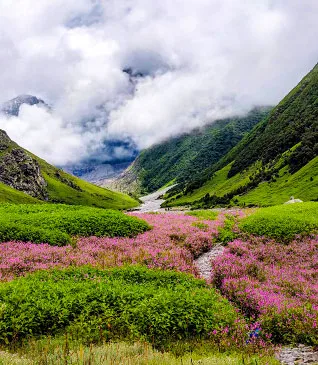
.webp)
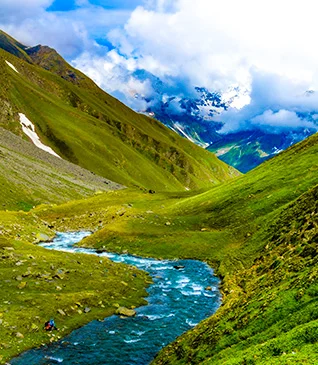
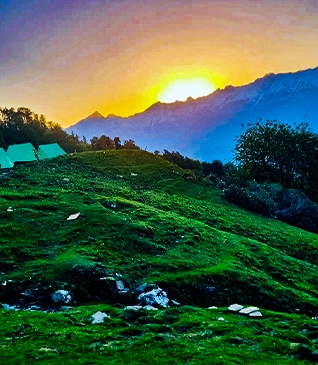
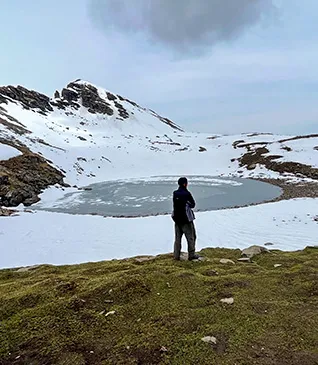
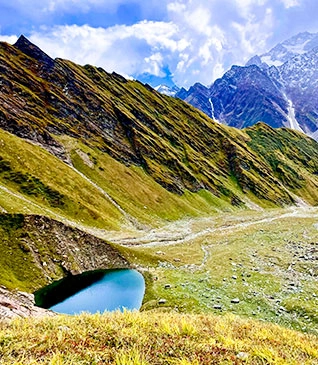
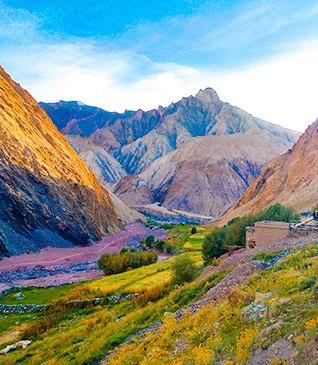
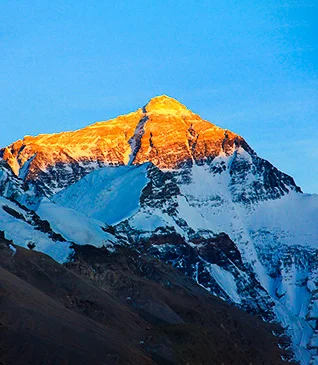
.webp)
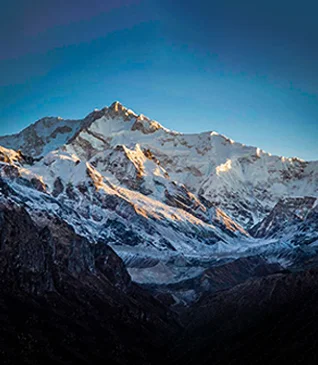
.webp)
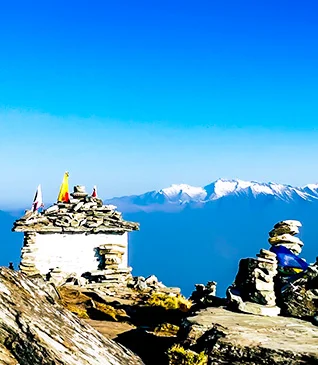
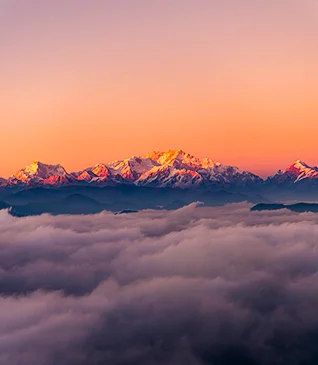
.webp)
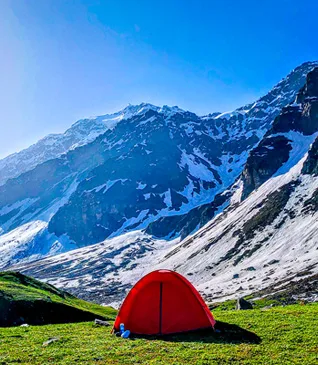
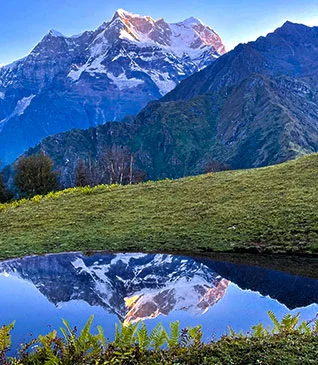
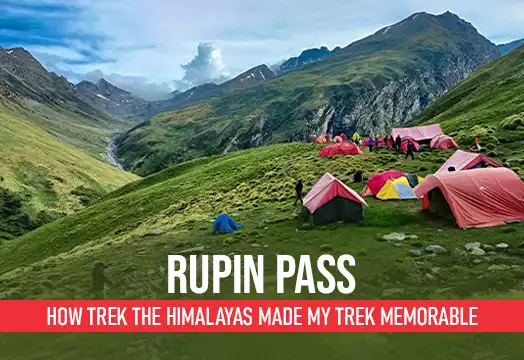

.webp)

